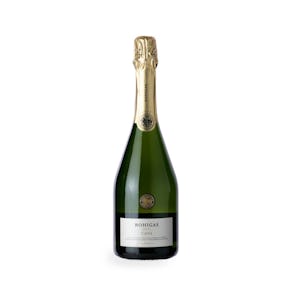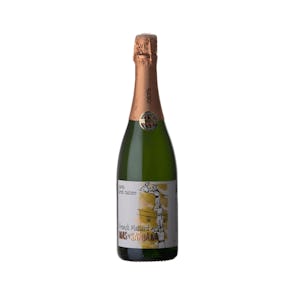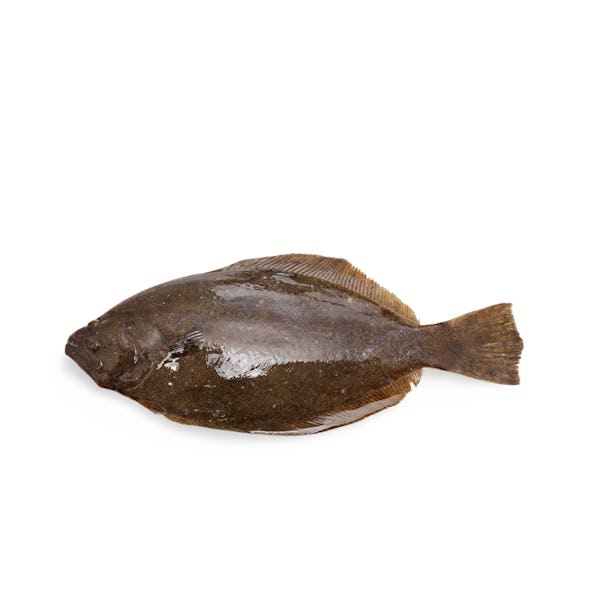
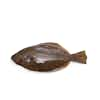
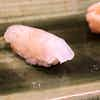
Makogarei (Marbled Flounder Sashimi Grade) from Hokkaido
Subtle and elegant
TASTING NOTES FROM THE CURATOR
The Makogarei (Marbled Flouder) is a demersal flatfish that lives on mud bottoms, and has both eyes on side of their head. This one comes from Hokkaido, Japan, and is sashimi-grade, making it safe to eat raw. It has a delicate meat, with a subtle taste and a chewy texture. It has a nice balance of flavor and fat.
PREPARATION AND PAIRINGS
Makogarei can be eaten as is, as sushi or nigiri. This Marbled Flounder is also suited to many cooking methods. Try it boiled, fried, grilled (with some lemon, soy sauce, and grated daikon), or as a stew (simmered in soy sauce, mirin, and sake).
THE ART OF RAW FISH
A classic and iconic Japanese delicacy, sashimi usually consists of thinly sliced pieces of fresh raw fish or meat. Although many non-Japanese people often confuse the words “sashimi” and “sushi,” or even use them interchangeably, they are, in fact, different. Raw fish is an ingredient in both, but sushi refers to dishes made with vinegared rice. While sashimi is always served as is, on its own.
“Sashimi” means “pierced body,” with “sashi” meaning pierced or stuck, and “mi” meaning body or flesh. There are two possible origins to the word. The first is that it might have come from the practice of sticking the fish’s fin or tail into the slices in order to help the consumer identify what they are eating. Another possibility could pertain to a traditional harvesting method, the “ikejime” process, which involves piercing the fish’s brain with a sharp spike immediately as it is caught, and placing it on shaved ice. The immediate death prevents the fish from obtaining too much lactic acid, and will therefore keep fresh on ice for longer.
Storage Instructions
Fresh fish will arrive to you in designated Styrofoam boxes with shaved ice. Kindly store in your fridge as soon as received.
For the best flavor and quality, fish should be prepared for eating the same day it is brought home, but it can be stored for two to three days in a refrigerator at a cool 4°C. You can store fish fillets in airtight bags in the freezer for up to a month. Cooked leftovers should be cooled and refrigerated as soon as possible and consumed within three days.

